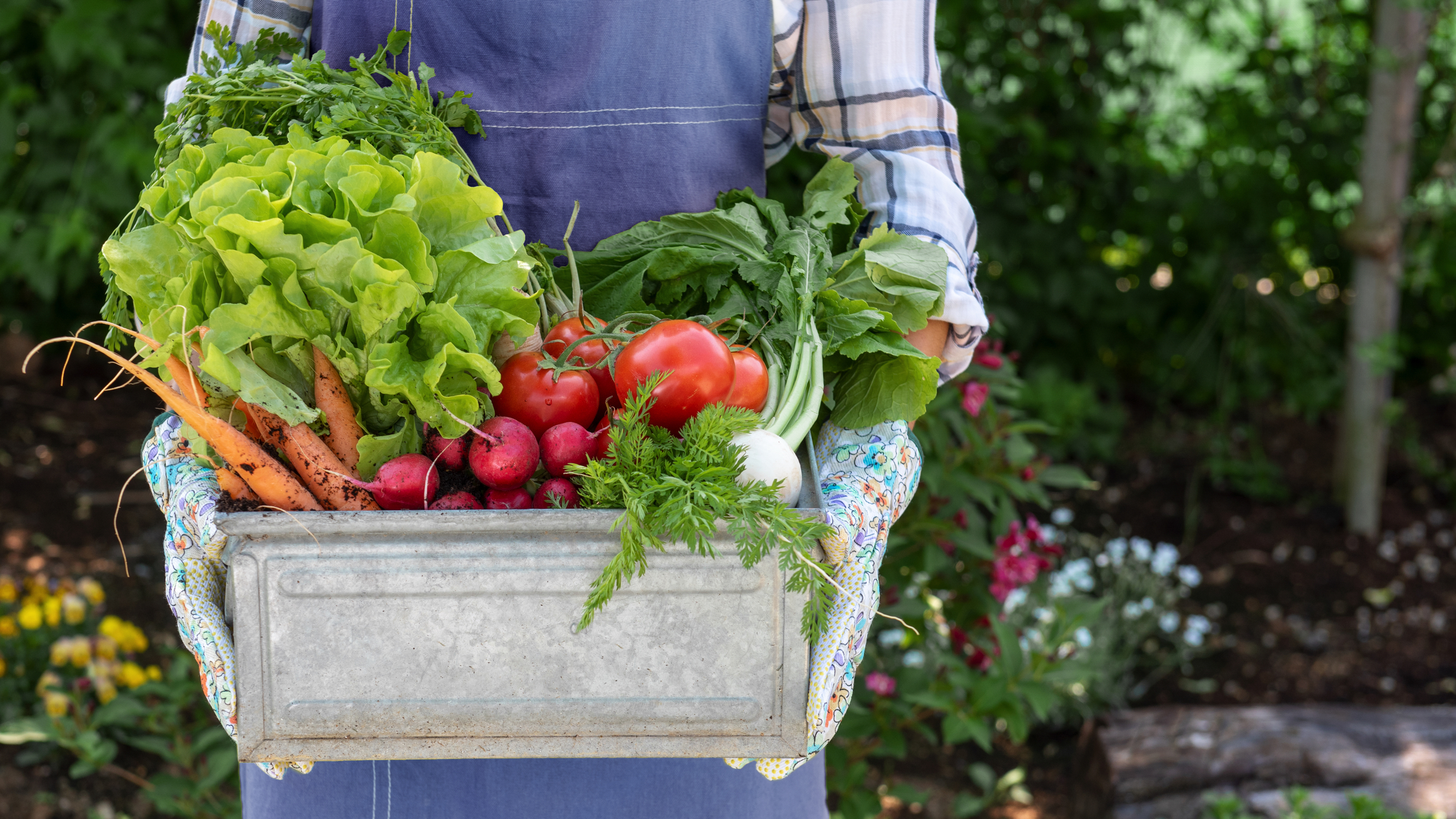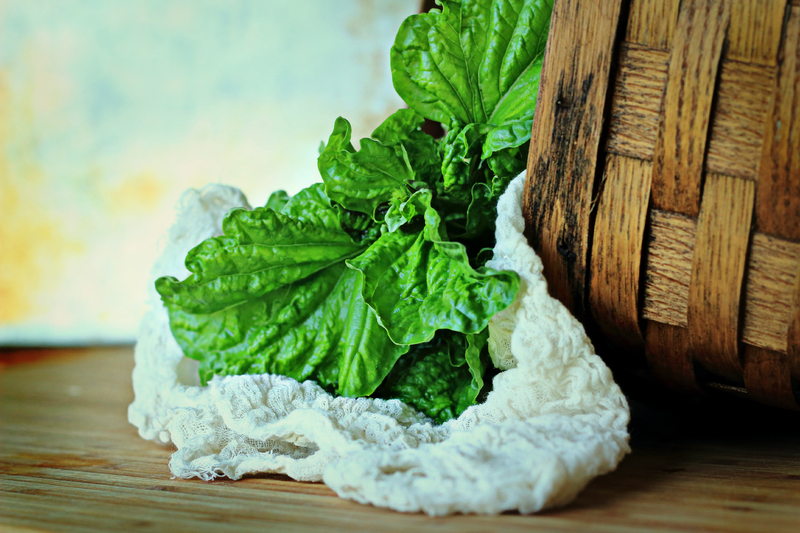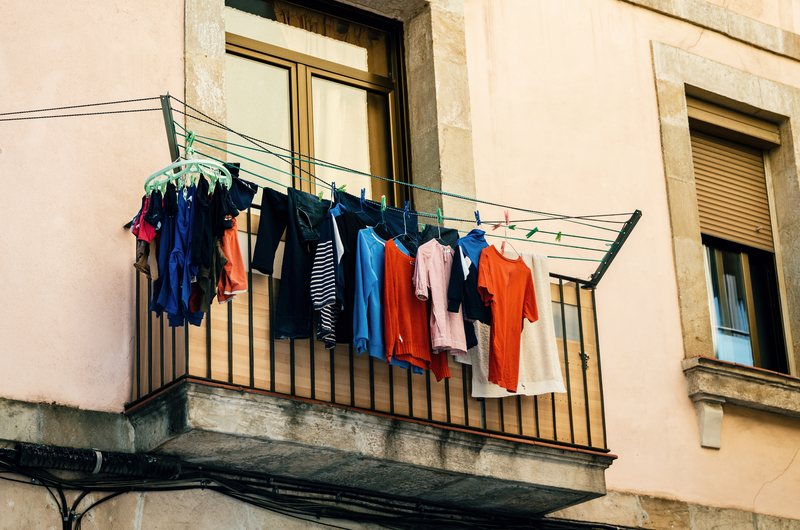8 Items to NOT Include in Your Compost
Creating a compost pile is always a good idea. You’ll get to reuse food scraps that would otherwise end up in the trash, and then eventually in a landfill. On top of this, compost piles create new, fresh soil that contains plenty of nutrients. Your plants will love it. However, before it gets to that … Read more








